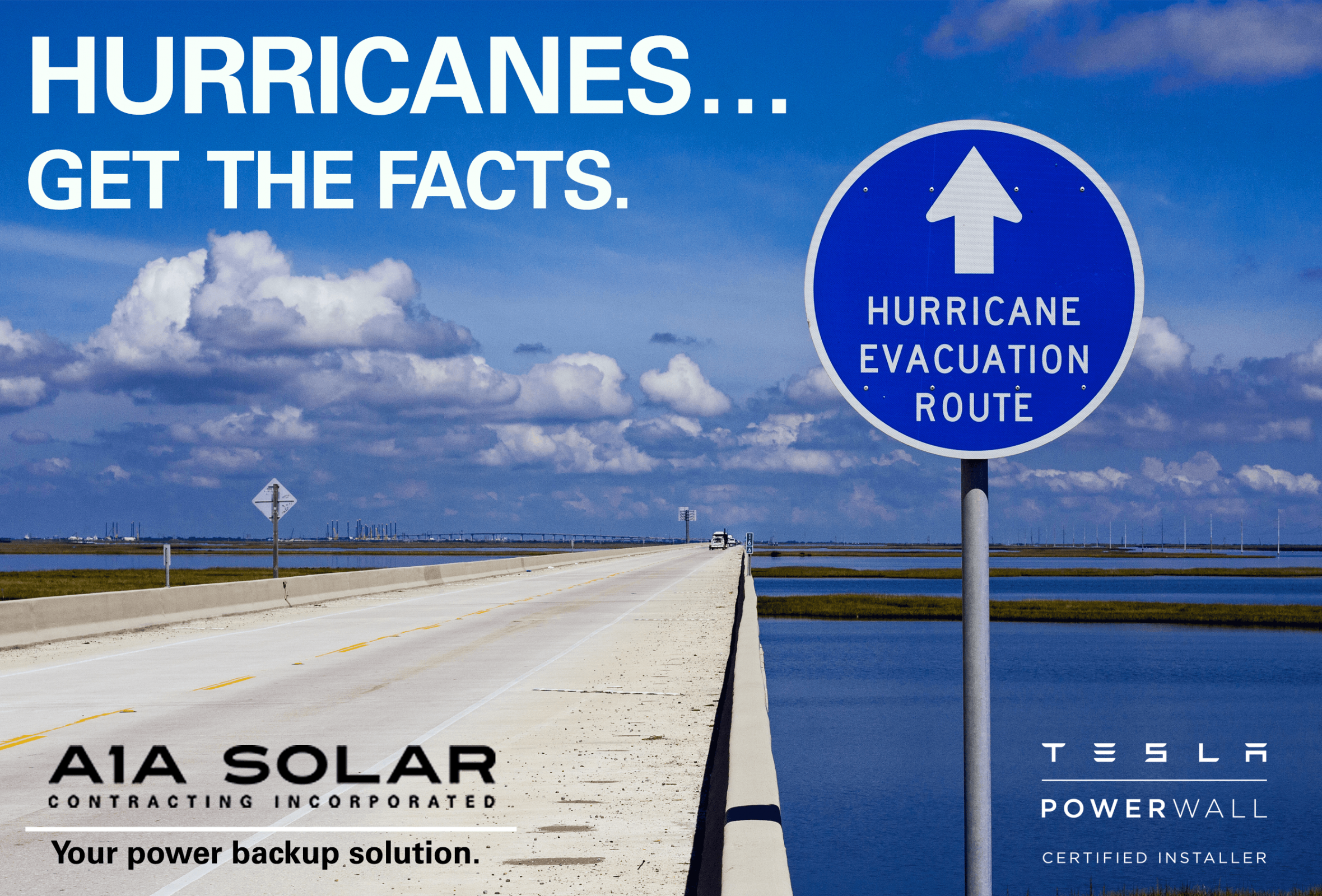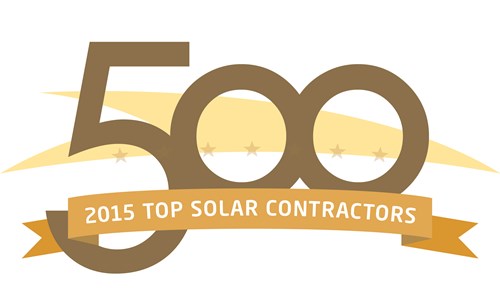Hurricane Season

Hurricane season begins on June 1st and ends on November 30th. Summer’s hotter climate leads to warmer water which in turn forms hurricanes. Hurricane season , after cooler weather has started to roll in.
How Hurricanes Form

Hurricanes develop during interactions between warm air and warm water and can become the most violent storms on Earth. Also called typhoons or cyclones, the scientific term for all these storms is tropical cyclone. Only tropical cyclones that form over the Atlantic Ocean or eastern Pacific Ocean are called “hurricanes.” When the winds in the rotating storm reach 39 mph, the storm is called a “tropical storm.” And when the wind speeds reach 74 mph, the storm is officially a “tropical cyclone,” or hurricane.
Hurricane Categories

Hurricanes are measured according to a scale known as the Saffir-Simpson Hurricane Scale. This scale gives hurricanes a classification based on the average wind speed of the hurricane:
- Category 1 hurricanes have a wind speed of 74-95 mph
Category 1 hurricanes may be the weakest on the scale, but there is still a need for extreme caution. The winds are powerful enough to pound through a city and lightly pull apart buildings. This can form debris which is dangerous if it lands on people, pets or buildings. Power outages can also happen. - Category 2 hurricanes have a wind speed of 96-110 mph
The stronger the storm means greater potential for damage and danger. Hurricanes of this strength will bring flying debris, break windows and even uproot trees. Homes and buildings can fall victim to roof or siding damage while power outages lasting up to two weeks may follow. - Category 3 hurricanes have a wind speed of 111-129 mph
Category 3 hurricanes are beastly and strong enough to bulldoze past cities. Frame homes, mobile homes, apartment complexes and office buildings are at risk of major damage when a category 3 storm is on its way. You can prepare in advance by boarding up for protection. Destruction from flying debris is likely. Similar to category 2 storms, hurricanes of this strength can easily uproot trees and cause power outages lasting up to weeks after the storm. - Category 4 hurricanes have a wind speed of 130-156 mph
It’s important to plan an evacuation before a category 4 storm because it is strong enough to uplift roofs and trees, destroy mobile homes, frame homes, apartment complexes and other buildings. Power outages are extremely likely and can last months. - Category 5 hurricanes have a wind speed of over 157 mph!
As the highest level on the scale, category 5 hurricanes are, in simplest terms, devastating. They can level houses and destroy buildings of all sizes. Cities or islands on a category 5 hurricane’s path are likely to be uninhabitable for weeks to months due to the level of devastation.
How deadly are hurricanes?

How deadly a hurricane isn’t necessarily dependent on what category hurricane it is. Sometimes a Category 1 hurricane can be more deadly than a Category 3. It depends on how wide the storm is, how many storm surges it causes, and how much rainfall it gives off. Hurricanes cause most of their damage and death by means of flooding, high winds, high tides, and rip currents. If a lower-category hurricane is very wide, it might bring dangerous flooding to a huge swath of the country it hits, causing much more death than a smaller, higher-category storm.
Hurricane Terminology
Here are some common terms related to hurricanes.
- Eye — The eye of a hurricane is at the center of the storm and it’s also the storm’s most peaceful section due to the low air pressure and calm winds. Clouds are not present here either.
- Eye Wall — The hurricane eye wall is opposite of the storm’s eye because it’s the most dangerous part of the hurricane. This is where the heavy clouds and high-speed winds live.
- Rainband — The hurricane’s rainbands are spirals responsible for the storm’s heavy rainfall and flooding.
- Diameter — A hurricane’s diameter is measured from one side to the other.
- Storm Surge — A hurricane’s storm surge can have the most devastating impact on a city located along its path. They form when severe winds push toward the ocean’s shore, causing sea levels to rise significantly. This sends a catastrophic wave of water over any surrounding land. A storm surge is dangerous because they can produce waves reaching up to 20 feet. Storm surges can also extend for miles and miles, flooding cities
- Watch — A hurricane watch is slightly less severe than a hurricane warning because it means there is a chance hurricane conditions may occur within a certain area. You can expect to receive warning of a hurricane watch 48 hours in advance.
- Warning — A hurricane warning is put in place when certain areas are expected to experience hurricane conditions, such as winds of 74 mph or higher. Officials typically send out hurricane warnings 36 hours before winds strike.
Top States for Hurricanes

Florida, Texas, Louisiana, North Carolina and South Carolina. These are the top 5 states most likely to be on a hurricane’s path and it has everything to do with their proximity to all of the warm water found in the Gulf of Mexico or within the Atlantic Coast.
How To Prepare For A Hurricane?

Now that you know all about hurricanes, it’s time to prepare your family for the days leading up to the hurricane’s landfall. A great first step would to shop for non-perishables, organize a hurricane kit and board the exterior of your home.
Whether you are going to ride out a hurricane or evacuate, the damages as well as the power outages from a hurricane can last for weeks or more. A1A Solar has a range of power back up options including a combination of solar panels and Tesla Powerwall batteries which will help keep your home running smoothly even in long power outages.
We can help you stay powered up until sunny skies are out again…














